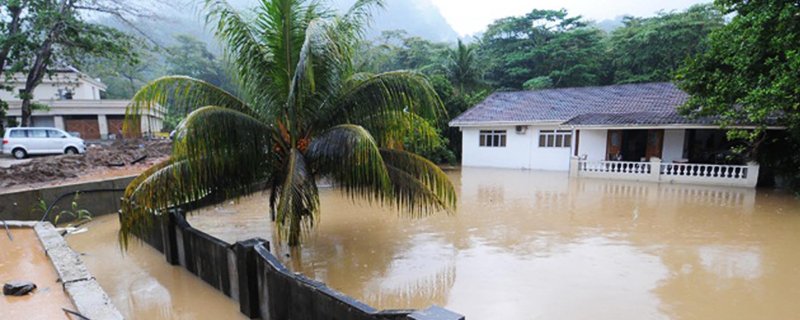New patterns of rainfall distribution are emerging in Seychelles compared to two decades ago

Flash floods in Seychelles due to the changing rainfall patterns
With Seychelles currently navigating through its rainy season from October to February, Vincent Amelie, the Chief Executive, reflected on the changing patterns of rainfall over the past two decades. He noted that while continuous rainfall spanning two to three days was common 20 years ago, the island nation now experiences intense but brief downpours, often lasting just 30 minutes. Amelie pointed out, "The issue with these short, heavy bursts of rain is that they do little to aid water conservation efforts." He further explained that the rapid nature of the rainfall prevents it from being adequately absorbed by the soil or contributing to river flows, instead posing a risk of flash flooding.
A study by the local Meteorological Services in 2009 had already foreseen that rainfall patterns would shift towards being shorter and more intense over the following two decades. The same research anticipated an extended and more severe dry season. However, Amelie observed a deviation from these predictions, stating, "Despite forecasts of an increasingly dry and prolonged dry season, we've actually seen it become somewhat wetter over the last five years." Although this uptick in rainfall during the dry season is welcomed, Amelie admitted it's not deemed substantial. As a result, there are plans to reevaluate the 2009 climate change projections to better understand these phenomena.
Seychelles, situated in the western Indian Ocean and home to 115 islands, benefits from its proximity to the equator, ensuring it receives rainfall regardless of the reduced amounts. Amelie emphasized, "Our equatorial location guarantees us rainfall, albeit less than in the past, necessitating innovative approaches to climate adaptation." He outlined numerous strategies for Seychelles to adapt, including capitalizing on the peak rainfall months, investing in advanced technology for improved water collection, expanding desalination facilities, among others.
In an effort to bolster water security, the Public Utilities Corporation has commenced expansion works on the La Gogue Dam, Seychelles' primary reservoir, this month. The project, set for completion in 2019, will enhance the reservoir's capacity by 600,000 cubic meters, elevating its total storage to 1.6 million cubic meters. To date, a comprehensive analysis of Seychelles' rainfall distribution, which would map out the regions most affected by heavy or light rainfall, has yet to be conducted. The establishment of automatic weather stations beyond the airport is relatively new, and a thorough climate study necessitates at least 30 years of data.

